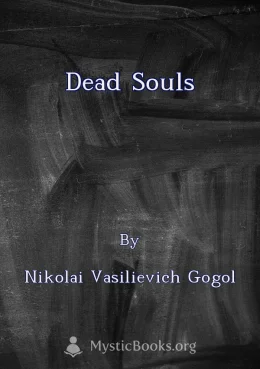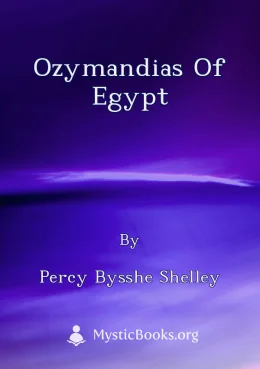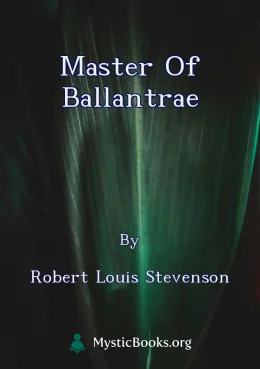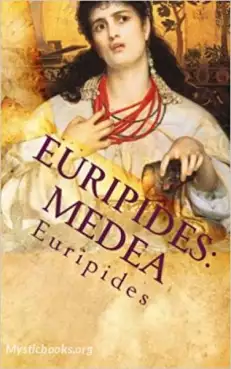
A Tale of a Tub
'A Tale of a Tub' Summary
A Tale of a Tub comprises the tale itself, an allegory of the Reformation in the story of brothers Peter, Martin, and Jack as they attempt to make their way in the world, along with various digressions interspersed throughout. Each brother represents one of the primary branches of Christianity in the West. This part of the book is a pun on "tub", which Alexander Pope says was a common term for a Dissenter's pulpit, and a reference to Swift's own position as a clergyman. Peter (named for Saint Peter) stands in for the Roman Catholic Church. Jack (named for John Calvin, but whom Swift also connects to John of Leiden) represents the various dissenting Protestant churches such as Baptists, Presbyterians, Quakers, Congregationalists and Anabaptists. The third brother, middle born and middle standing, is Martin (named for Martin Luther), whom Swift uses to represent the 'via media' of the Church of England. The brothers have inherited three wonderfully satisfactory coats (representing religious practice) by their father (representing God), and they have his will (representing the Bible) to guide them. Although the will says that the brothers are forbidden from making any changes to their coats, they do nearly nothing but alter their coats from the start. In as much as the will represents the Bible and the coat represents the practice of Christianity, the allegory of the narrative is supposed to be an apology for the Anglican church's refusal to alter its practice in accordance with Puritan demands and its continued resistance to ally with the Roman church.
From its opening (once past the prolegomena, which comprises the first three sections), the book alternates between Digression and Tale. However, the digressions overwhelm the narrative, both in their length and in the forcefulness and imaginativeness of writing. Furthermore, after Chapter X (the commonly anthologised "Digression on Madness"), the labels for the sections are incorrect. Sections then called "Tale" are Digressions, and those called "Digression" are also Digressions.
A Tale of a Tub is an enormous parody with a number of smaller parodies within it. Many critics have followed Swift's biographer Irvin Ehrenpreis in arguing that there is no single, consistent narrator in the work. One difficulty with this position, however, is that if there is no single character posing as the author, then it is at least clear that nearly all of the "personae" employed by Swift for the parodies are so much alike that they function as a single identity. In general, whether a modern reader would view the book as consisting of dozens of impersonations or a single one, Swift writes the Tale through the pose of a Modern or New Man. See the abridged discussion of the "Ancients and Moderns", below, for more on the nature of the "modern man" in Swift's day.
Swift's explanation for the title of the book is that the Ship of State was threatened by a whale (specifically, the Leviathan of Thomas Hobbes) and the new political societies (the Rota Club is mentioned). His book is intended to be a tub that the sailors of state (the nobles and ministers) might toss over the side to divert the attention of the beast (those who questioned the government and its right to rule). Hobbes was highly controversial in the Restoration, but Swift's invocation of Hobbes might well be ironic. The narrative of the brothers is a faulty allegory, and Swift's narrator is either a madman or a fool. The book is not one that could occupy the Leviathan, or preserve the Ship of State, so Swift may be intensifying the dangers of Hobbes's critique rather than allaying them to provoke a more rational response.
The digressions individually frustrate readers who expect a clear purpose. Each digression has its own topic, and each is an essay on its particular sidelight. In his biography of Swift, Ehrenpreis argued that each digression is an impersonation of a different contemporary author. This is the "persona theory," which holds that the Tale is not one parody, but rather a series of parodies, arising out of chamber performance in the Temple household. Prior to Ehrenpreis, some critics had argued that the narrator of the Tale is a character, just as the narrator of a novel would be. Given the evidence of A. C. Elias about the acrimony of Swift's departure from the Temple household, evidence from Swift's Journal to Stella about how uninvolved in the Temple household Swift had been, and the number of repeated observations about himself by the Tale's author, it seems reasonable to propose that the digressions reflect a single type of man, if not a particular character.
In any case, the digressions are each readerly tests; each tests whether or not the reader is intelligent and sceptical enough to detect nonsense. Some, such as the discussion of ears or of wisdom being like a nut, a cream sherry, a cackling hen, etc., are outlandish and require a militantly aware and thoughtful reader. Each is a trick, and together they train the reader to sniff out bunk and to reject the unacceptable.
Book Details
Authors
Jonathan Swift
Ireland
Swift is remembered for works such as A Tale of a Tub (1704), An Argument Against Abolishing Christianity (1712), Gulliver's Travels (1726), and A Modest Proposal (1729). He is regarded by the Encyclo...
Books by Jonathan SwiftDownload eBooks
Listen/Download Audiobook
- Select Speed
Related books

viúva Simões by Júlia Lopes de Almeida
Ernestina Simões, a wealthy and beautiful widow, has dedicated her life to her daughter, Sara. However, her solitary existence is disrupted when she e...

Dead Souls by Nikolai Vasilievich Gogol
Dead Souls (Russian: Мёртвые души) by Nikolai Gogol, Russian writer, was first published in 1842, and is one of the most prominent works of 19th-centu...

Ozymandias of Egypt by Percy Bysshe Shelley
LibriVox volunteers bring you sixteen different recordings of Ozymandias of Egypt, by Percy Bysshe Shelley. This was the weekly poetry project for the...

Triste Fim de Policarpo Quaresma by Lima Barreto
Triste Fim de Policarpo Quaresma é uma obra satírica e crítica que explora as complexidades do nacionalismo brasileiro no início do século XX. Através...

Fables de La Fontaine, livre 05 by Jean de La Fontaine
En mettant en scène les animaux, Jean de La Fontaine met en lumière les travers, les fourberies, l'orgueil, l'envie, les désirs, bref les qualités et...

Hamlet by William Shakespeare
Hamlet is commonly regarded as one of the greatest plays ever written. Drawing on Danish chronicles and the Elizabethan vogue for revenge tragedy, Sha...

Emma by Jane Austen
Emma Woodhouse, a wealthy and independent young woman, enjoys meddling in the love lives of those around her. Despite her good intentions, her matchma...

À se tordre by Alphonse Allais
Alphonse Allais est un journaliste, écrivain et humoriste français célèbre à la Belle Époque, connu pour sa plume acerbe et son humour absurde. (adapt...

Master of Ballantrae by Robert Louis Stevenson
Set in mid-18th century Scotland, "Master of Ballantrae" tells the tale of two brothers locked in a bitter rivalry. The elder, the Master, is a charmi...
Reviews for A Tale of a Tub
No reviews posted or approved, yet...
